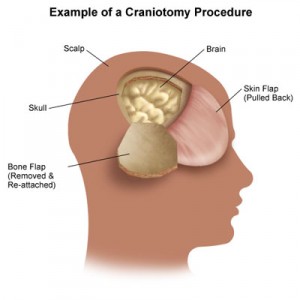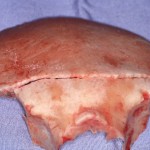Is the healthcare industry a bubble slowly deflating?
December 3, 2011
Steven Greer, MD- The Healthcare Channel
Two weeks ago, we issued the story, below, about possible layoffs and cuts in the healthcare industry due to a “Healthcare Bubble”. At the medical center level, we said that it would be likely that doctors, normally a profession with great job security and in demand, would see layoffs. To add a real case example to that story, Cedars Sinai in Los Angeles, a medical center with a profit margin far greater than the national average and often the treatment choice for celebrities, is now completely closing its psychiatry department to save money. Their pediatric and OB/GYN services have also been scaled back.
Now, CMS Medicare is planning to make it much more difficult for medical centers to perform the most lucrative of procedures (i.e. spine fusion, joint replacement, and numerous cardiac procedures like stents and ICDs). Just a few years ago, many medical centers greatly expanded their cardiac cath labs to try to perform more coronary stenting. Clinical data and evidence of unnecessary implantation of stents has already decreased the volume of stenting. These new CMS measures might lead to another 20% reduction, according to a cardiologist we spoke with. Spine fusion cases are also very vulnerable to reductions in case volumes due to fears of Medicare audits finding the cases to have been unnecessary.
Already, the bad economy, high unemployment, and fewer insured, have caused reductions in procedure volume. CMS seems to be adding to the strangling pressures. We expect to see significant layoffs in the ranks of spine surgeons, orthopedic surgeons, and interventional cardiologists, if these case volumes are reduced.
Related to stocks, we continue to believe that Medtronic would do well to spin off the spine and ICD divisions. Questions about strategic divestitures were common from callers on the recent earnings call. Edwards Lifesciences (EW) will also face a much more challenging reimbursement climate making for a slower launch of their new TAVR Sapien valve, in our estimation.
_____________________________________________
Is the healthcare industry a bubble slowly deflating?
November 15, 2011
By Steven Greer, MD
Throughout the economic depression that began in 2007, the healthcare industry has continued to add jobs. Healthcare providers are still in demand and command good wages and job security. However, can the good times last much longer as the global depression seems to be worsening rather than improving?
The “Super committee” in congress might trigger cuts next week to the HHS Medicare/Medicaid budget and the White House is also advocating cuts. The passage of the ACA health insurance reform law also requires $500 Billion in cuts. Governments have poor track records at making cuts to entitlements, but the private sector might be the most powerful force to enact cuts to the healthcare industry.
With the high unemployment rates has come a lower percentage of the population with full health insurance. This has already had a powerful impact on the healthcare industry. Fewer visits to the doctor and fewer elective (or even not so elective) procedures, combined with a higher mix of low-reimbursing Medicaid, is driving cost consciousness amongst the consumer patients and the hospitals.
We previously reported how newly-approved expensive branded drugs are selling poorly. Once deemed a positive event for a company, an FDA drug approval is now associated with significant reductions in share prices for the companies as investors become disappointed and change their expectations. $100,000 cancer drug prices might represent a pharmaceutical bubble.
JP Morgan’s medical device analyst issued a report detailing many of these repressive influences on the medical device sector. For the large companies such as Johnson and Johnson, Abbott, or Medtronic, the earnings growth rates have decreased from 10% down to 3%, and that is after considerable cost cutting measures were implemented in the form of mergers and layoffs.
Cutting operating expenses is a temporary measure and no substitute for revenue growth. When the companies have trimmed back to the bone, will growth turn negative?
If the ACA law continues to be implemented and is not overturned by the Supreme Court or the new congress next year, it will add millions of patients to the Medicaid system, further stressing state and medical center budgets, will we see salary cuts to doctors and layoffs in the healthcare sector?
If Greece, Italy, Spain, Ireland, etc. send Europe into a double dip depression, what will be the impact to the healthcare industry?
We will be interviewing healthcare economists, policymakers, and hospital executives over the next few months to try to answer some of these questions.






